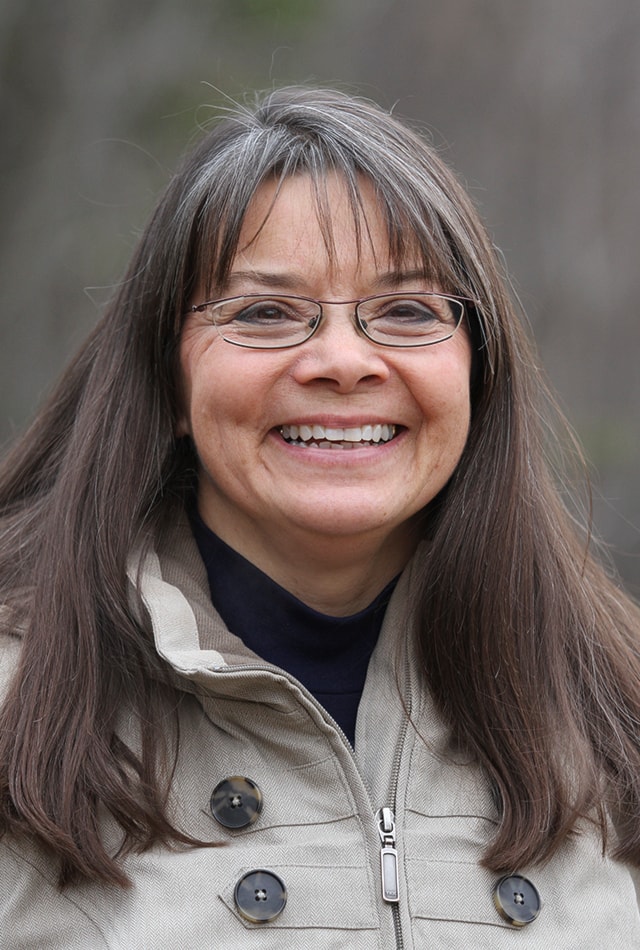I just returned from a meeting held at Amiskwaciy Academy, an Edmonton public school that provides junior high and high school programming within an aboriginal context.
The morning activities had already started when I arrived at the school. I was a little late because I had driven in from Red Deer and had to battle rush hour traffic but I immediately had a peaceful feeling from the sage that had been lit for the opening smudging ceremony.
The drummers were singing a song that I knew from our own sweat lodge and I immediately felt at home. When the song was finished, I felt completely focused and ready to spend the day discussing indigenous women’s issues.
Smudging involves burning a small amount of usually sage or sweetgrass, to cleanse oneself with the smoke.
Smudging is a way to acknowledge and honour indigenous traditions and is a practise in many (but not all) indigenous communities across the country.
The First Peoples have experienced the impact of this cultural activity, which is also one we do at Red Deer Native Friendship Centre, since time immemorial.
However, like many of our cultural activities, the smudging ceremony went underground due to colonization and has only recently started to be shared with non-indigenous people as a way to increase understanding of indigenous culture.
So when I read B.C. mother takes school district to court over Aboriginal spiritual ceremony on CBC News on Nov 15, 2016, I immediately wondered why indigenous children are still being forced to go to public schools that don’t honour their cultural way of learning and being.
In the past, the residential school system forced religion down our grandparents’ throats and today many public school systems continue to deny our traditional cultural practices.
The parent in the lawsuit stated that her children were forced to take part in a smudging ceremony that violated the Canadian Charter of Rights and Freedoms, and B.C.’s School Act prohibits any religion to be taught in a school.
The lawsuit will have to prove that smudging is a religious activity, and that indigenous people share an organized religion.
Our teachings are about a positive attitude and a positive way of life, which may include various practices that provide ways to assist people maintain a balanced way of life.
There is no “institutionalized system of beliefs, ceremonies, and rules used to worship a god or a group of gods” (Mirriam-Webster).
What saddens me is that this lawsuit comes on the heels of the release of the Truth and Reconciliation Commission 94 Calls to Action, which makes several recommendations to the education system including integrating indigenous content into the curriculum to promote reconciliation with Canada’s First Nations, Metis and Inuit peoples.
I agree that no one should be forced to participate in any cultural or religious practice but I support the indigenous people working to ensure that our culture and language is nurtured and handed down to our children.
While the legal battle between “church and state” drags on in B.C., I’m grateful that I live in Alberta where educational institutions are already developing policies that address the needs of indigenous students.
Still, I can’t help but wonder if the best way for indigenous people to reach their goals will be through charter schools like Amiskwaciy.
Tanya Ward-Schur’s opinions do not necessarily reflect those of the Red Deer Native Friendship Centre.
